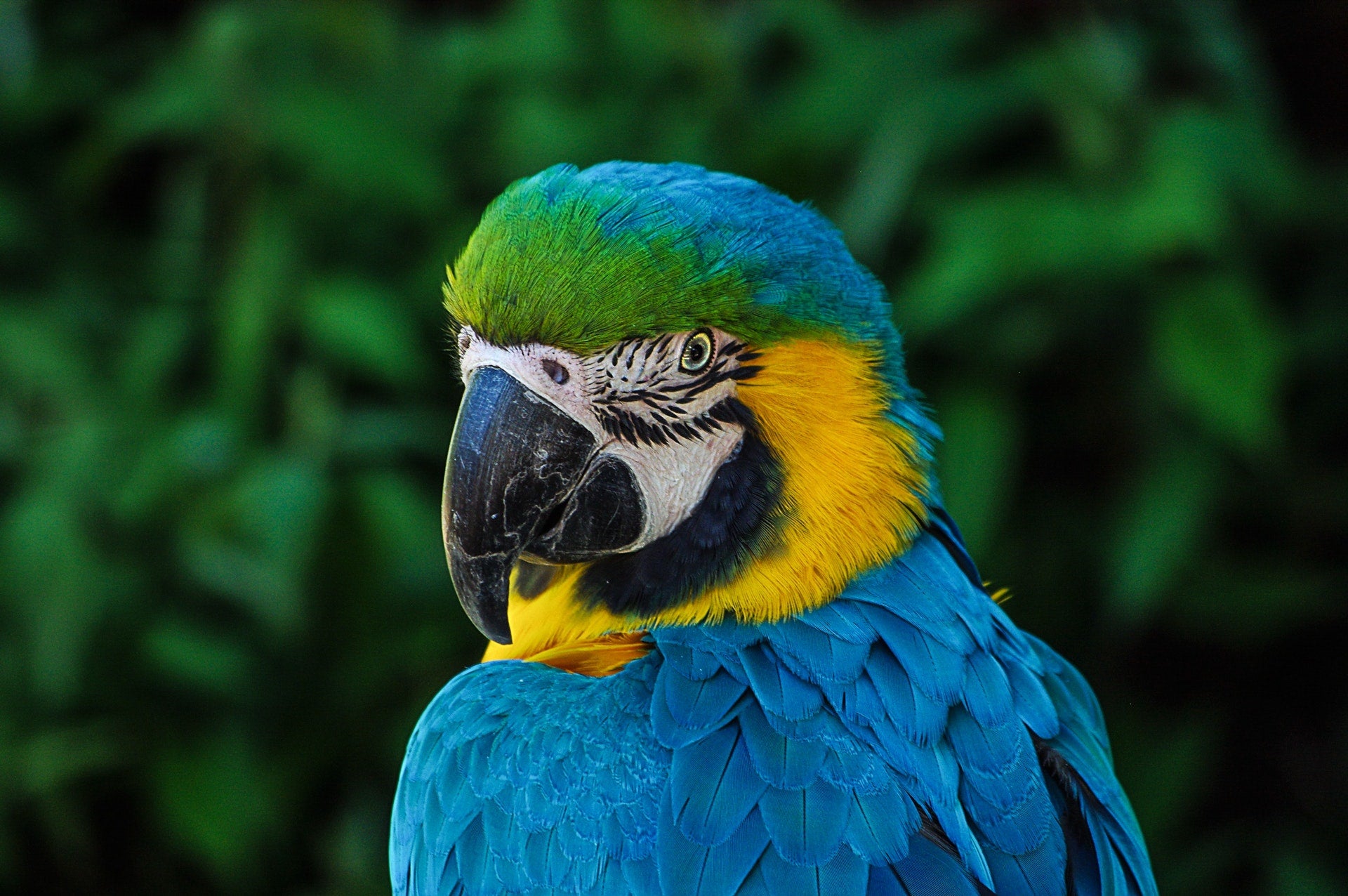The dramatic images of wildfires in California burning down more than 4 million acres (1.6 million hectares) have been spreading in the media all over the world. In Latin America, the fires in the Brazilian Pantanal region have burnt an area twice as big as the Californian fires in 2020 and devasted the world’s largest tropical wetland. Nearby ecosystems like the Gran Chaco forest in Argentina, Bolivia and Paraguay, the Brazilian and Bolivian Amazon, and the Parana Delta in Argentina have all been facing fierce fires on unprecedent scales. The devastation of these unique ecosystems marks just the latest chapter in the worldwide biodiversity crisis.
We need to reverse the biodiversity crisis
As the single most biodiverse area in the world and a global biodiversity hotspot, the biodiversity crisis is impacting the Latin America and the Caribbean region like no other. Biodiversity loss has been far more significant than in any other region globally, with an average decline of vertebrate populations of 94% between 1970 and 2016, according to the WWF’s Living Planet Report 2020. And the region’s development trends do not show a better outlook: In South America, for example, spatial extension from multiple sources like urbanization, agriculture, energy or mining threaten to double the amount of converted land by 2030.
The COVID-19 crisis puts the spotlight on the urgency to tackle the biodiversity crisis. Since the onset of the pandemic, experts have pointed out the connection between ecosystems disruption and the increasingly frequent outbreaks of zoonotic diseases. Furthermore, approximately 64 million jobs in the region are directly reliant on ecosystem services. The region’s natural capital thus represents not only a huge challenge, but also the biggest opportunity for strong jobs and economic recovery.
Green infrastructure plays a central role
The infrastructure sector will play a central role in boosting jobs for an economic recovery. However, the negative impact of the global biodiversity crisis on the provision of basic infrastructure services, particularly the water supply, is becoming increasingly evident. The IDB’s most recent flagship report “Development in the Americas 2020” highlights the potential of utilizing nature, and its different ecosystem services as an alternative, or an ideal complement to, conventional “gray” infrastructure. The urgency to achieve a sustainable recovery from the pandemic and overcome the biodiversity crisis is also highlighted in the recent report “Closing the Nature Funding Gap: A Finance Plan for the Planet” which estimates that in 2019, the world spent between US$124 and US$143 billion on activities that benefit nature worldwide.
However, to reverse the decline in biodiversity by 2030, the world needs to spend between US$722 and US$967 billion per year. That means there is a nature funding gap as high as US$824 billion per year. The good news is that the gap can be closed by allocating less than 1 % annual gross global product, by shifting away from harmful economic activities and policies, and generating new revenue streamstoinvest in natural infrastructure—primarily Nature-based Solutions (NbS) with a focus on mitigating carbon emissions. The report also suggests that it is possible to close nearly half of the gap by spending zero—just through smarter, biodiversity-friendly policies and incentives.
Contributing to reduce the biodiversity gap
The IDB Group promotes integrating social, environmental, institutional, and financial sustainability throughout the entire infrastructure project life-cycle. The Bank develops and invests on business models that support the implementation of NbS to safeguard biodiversity.
Several IDB-funded infrastructure projects take advantage of the natural capital to tackle development challenges at stake using NbS that have proven effective, particularly in the water sector. For example, the latest phase of the long-term program for the sanitation of the Tietê River (Metropolitan São Paulo’s only natural drainage resource), includes the rehabilitation of degraded flora and riparian vegetation upstream to increase the retention capacity of the riverbanks, thus slowing the erosion processes and mitigating flooding downstream of the Penha Dam. Further to promoting NbS in its own projects, the IDB is a co-creator of the Latin American Water Funds Partnership, which develops innovative NbS to promote water security across the region.
Whereas progress in the water infrastructure sector seems to be the lowest hanging fruit, there are still many lost opportunities to use NbS in other infrastructure sectors, such as flood protection or carbon sequestration purposes in transport projects. At the IDB, we have already started identifying best practices to lessen the impact of transport projects on the natural environment and to take advantage of it to improve their development impact. We are also transitioning to a new environmental and social policy framework, which requires considering the importance of biodiversity, ecosystem services, and sustainable management of living natural resources in improving sustainability outcomes of any project.
Now is the best time to promote investing in Nature
The time is right to create robust enabling conditions and to invest in nature. As both United Nations summits (or Conferences of the Parties) on climate change and biodiversity are now scheduled to take place in 2021, the “super year” for nature is here, and there has never been a better time for world leaders to address the different crisis we are living in.
The landmark report on the economics of biodiversity by professor Sir Partha Dasgupta already sends a clear message for this decisive year: We need a transformative change that involves hard choices. However, these changes are entirely possible, and it is not too late to change paths. Together we can identify the most appropriate way to develop and implement action plans and funding to close the global biodiversity financing gap gradually.
Further reading:
Can nature support a green and inclusive economic recovery?
What are nature-based solutions and why do they matter?
What is the link between COVID-19 and the ecological and climate emergencies?
Follow us on Twitter:@BIDCambioClima
Photo: Pixabay – Pexels.com


Leave a Reply